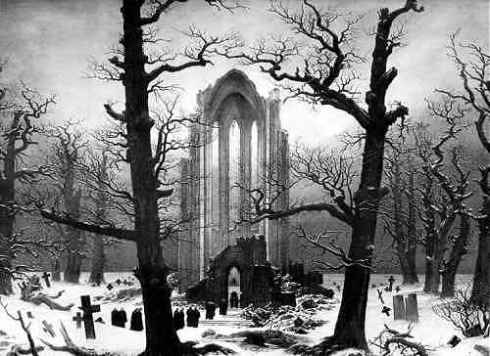 Poets have long been thought of as prophets who have had visions of the world beyond their lifetime. Surprisingly for a poet known primarily for his engagement with the specific issues of post-war Britain (urbanism, psychology, sociology, symbolism etc.), T. S. Eliot repeatedly uses imagery which predicts the future consequences of industrialisation, intensive farming and exhaustion of natural resources.
Poets have long been thought of as prophets who have had visions of the world beyond their lifetime. Surprisingly for a poet known primarily for his engagement with the specific issues of post-war Britain (urbanism, psychology, sociology, symbolism etc.), T. S. Eliot repeatedly uses imagery which predicts the future consequences of industrialisation, intensive farming and exhaustion of natural resources.
Eliot’s use of images of barren waste lands and arid deserts is immediately recognisable within his middle period poetry, but I was surprised to notice that this theme of climatic disorder and environmental catastrophe continues through the more rural and philosophical Four Quartets. I have selected three examples of such imagery from the poem and commented briefly on them. I will explore them in more detail within my thesis.
Section two of ‘East Coker’. Lines 51-67.
The passage open with confusion over the overlapping of the seasons: ‘What is the late November doing | With the disturbance of the spring […] Late roses filled with early snow?’. This unease about the blurring of seasonal patterns extends to the heavens where ‘Deployed in constellated wars | Scorpion fight against the Sun | Until the Sun and Moon go down’. Should any further clarity be required that this is an image of apocalypse, the ambiguity is extinguished by the statement that these irregularities foretell ‘a vortex that shall bring | The world to that destructive fire | Which burns before the ice-cap reigns’.
Section two of ‘The Dry Salvages’. Lines 69-78
In the face of environmental catastrophe the psychological reaction of humans who ‘Cannot bear very much reality’ is to block the ability to ‘think of a time that is oceanless’ and retreat to the safety of imagining the ‘shallow banks unchanging and erosionless’ and the fisherman ‘forever bailing, | Setting and hauling’; despite ominous warning that it is now impossible to think of ‘an ocean not littered with wastage’.
Section two of ‘Little Gidding’. Lines 54-77
In the final movement of the poem the imagined apocalypse is replaced with the frightening reality of the destruction of London during the Blitz. In the aftermath of a bombing raid one by one the elements close down. The bombed building ‘where a story ended’ mark ‘the death of air’, the climatic extremes of ‘flood and drouth’ and the resulting ‘parched eviscerate soil’ tell of the ‘death of earth’, and the initial victory of water and fire in devouring ‘The town, the pasture and the weed’ ends in ‘the death of water and fire’ as the last elements themselves expire.
The result of these images within Eliot’s final masterpiece reveal a poet facing the very real prospects of death and destruction at the time of its writing, whilst also foreseeing the disastrous consequences of climate change that continue to be relevant to this day.
This shouldn’t surprise us. Eliot always looked bravely and deeply at that which most people find too terrifying to contemplate for more than a few moments.
